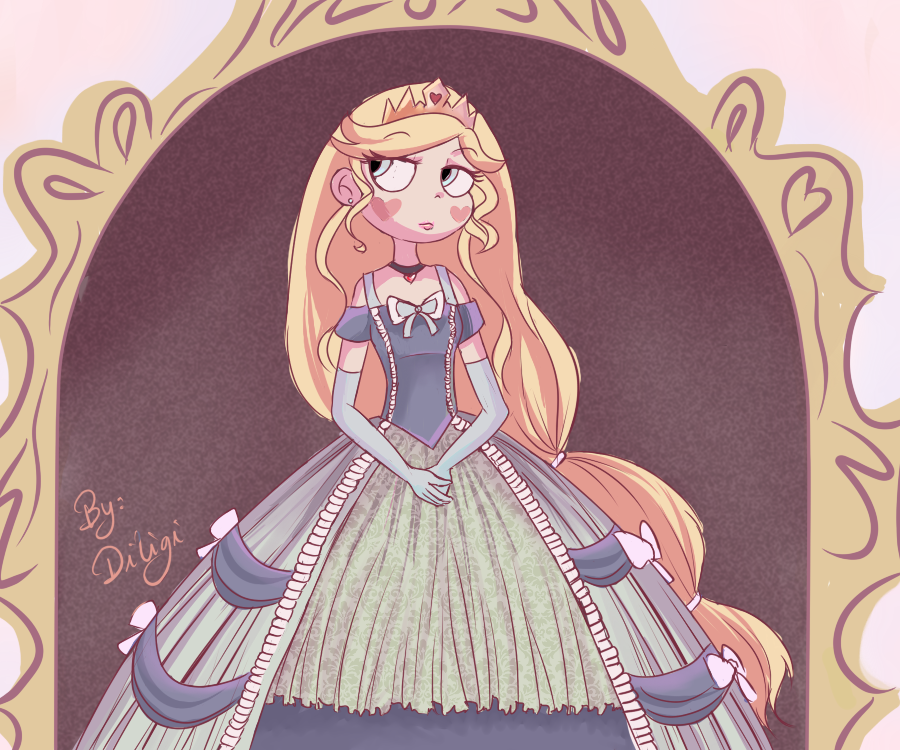

Rafael Devers, Boston Red Sox third baseman: No one will be happier to share the AL dugout with Devers than Yankees ace Gerrit Cole. And he gave last season’s nationally televised Field of Dreams game a Hollywod ending with an emphatic walk-off homer.

In two career postseason series, he is batting. Tim Anderson, Chicago White Sox shortstop: Don’t be surprised if Anderson thrives in the All-Star limelight. With his eighth All-Star selection, he ties Robinson Cano for the most of the 2000s. Jose Altuve, Houston Astros second baseman: Altuve is rapidly becoming one of the generation’s most accomplished second basemen. Right now, that list consists of Johnny Bench and Mickey Mantle. Vladimir Guerrero Jr., Toronto Blue Jays first baseman: Guerrero, who homered and won MVP in last year’s game, could become the third player in baseball history with two All-Star homers before age 24.

New All-Stars will be minted as replacements and be added to the original 66 selected players. Per usual, some players will drop out due to injury or other concerns, like rest for a pitcher. Braves skipper Brian Snitker and Astros manager Dusty Baker will still choose the starting pitchers, a decision typically announced the day before the game. The players’ ballots account for 17 of those (eight pitchers, nine hitters), while the commissioner’s office fills the remaining slots and ensures every team is represented.Ī process change in 2017 means the All-Star managers no longer choose any players. The remaining 23 spots - pitchers and reserves - were chosen by a player ballot, and then the commissioner’s office. For every other starting spot, two finalists per league position went to a second round of voting. secured their starting spots after leading their leagues in votes from the initial round of voting. The initial starting lineups of 10 batters were chosen by fan vote. We’ve got one big thing to know about every player who is earning a place in history, a new star on his Baseball-Reference page How MLB All-Star voting worked


 0 kommentar(er)
0 kommentar(er)
